Do Teams Need Team Unity
Team Unity
Team unity is often treated as a sacred ingredient in success. Coaches praise chemistry, commentators romanticise harmony, and leaders chase alignment. But history shows that cohesion is not always essential. Some of the most dominant teams have thrived on tension, contradiction, and internal rivalry. Others have succeeded with minimal emotional connection, relying instead on clarity, role definition, and strategic execution. Teams are complex systems. They contain personalities, roles, and power dynamics. Unity may help, but it may also suppress dissent. The best teams are not always the most unified. They are often the most adaptive.
| Assumption about unity | Common belief | Reality in high-performance teams |
|---|---|---|
| Unity guarantees success | Cohesive teams always win | Many successful teams are divided |
| Conflict is harmful | Disagreement weakens performance | Tension can sharpen execution |
| Harmony equals trust | Emotional closeness builds trust | Trust can exist without harmony |
| Agreement is essential | Teams must think alike | Diversity of thought drives strategy |
| Unity is visible | You can see cohesion | It often exists beneath conflict |
DEFINING UNITY IN TEAMS
Unity is not the absence of conflict. It is the presence of shared purpose. Teams may argue, disagree, and challenge each other. But if they move toward the same goal, they are unified. Unity includes trust, communication, and mutual respect. It does not require friendship or emotional closeness. In sport, unity is often measured by effort and sacrifice. In business, it is measured by alignment and execution. In creative teams, unity may mean shared vision. In military units, it may mean discipline and coordination. Unity is not static. It evolves with pressure, success, and failure. Teams may fracture and reform. They may unify around crisis or competition. Unity is not always visible. It may exist beneath conflict.
| Unity dimension | Description | Misconception |
|---|---|---|
| Shared purpose | Common goal or mission | Must agree on everything |
| Trust | Belief in others’ reliability | Requires emotional closeness |
| Communication | Clear, honest exchange | Must be constant or casual |
| Role clarity | Knowing one’s function | Everyone must be interchangeable |
| Respect | Valuing others’ contributions | Must like each other personally |
HISTORICAL EXAMPLES OF DISUNITY AND SUCCESS
Some of the most successful teams in history were not unified. The 1970s Oakland A’s fought constantly but won championships. The Chicago Bulls had internal tension but dominated the NBA. NASA’s Apollo teams had fierce debates but landed on the moon. Disunity did not prevent excellence. It sometimes fueled it. Conflict can sharpen ideas and performance. Tension can drive innovation. These teams succeeded because they had clarity, not comfort. They had structure, not serenity. They had roles, not relationships. Disunity forced accountability. It demanded precision. It exposed weakness and refined strength. These teams were not emotionally aligned. But they were strategically aligned. And that was enough.
| Team example | Known conflict | Outcome |
|---|---|---|
| Oakland A’s (1970s) | Player feuds, management tension | Multiple championships |
| Chicago Bulls (1990s) | Jordan vs. management, teammate clashes | Six NBA titles |
| NASA Apollo teams | Engineering disputes, leadership tension | Moon landing, global legacy |
| Manchester United | Ferguson’s confrontational style | Premier League dominance |
| Pixar (early years) | Creative disagreements | Industry-defining animation |
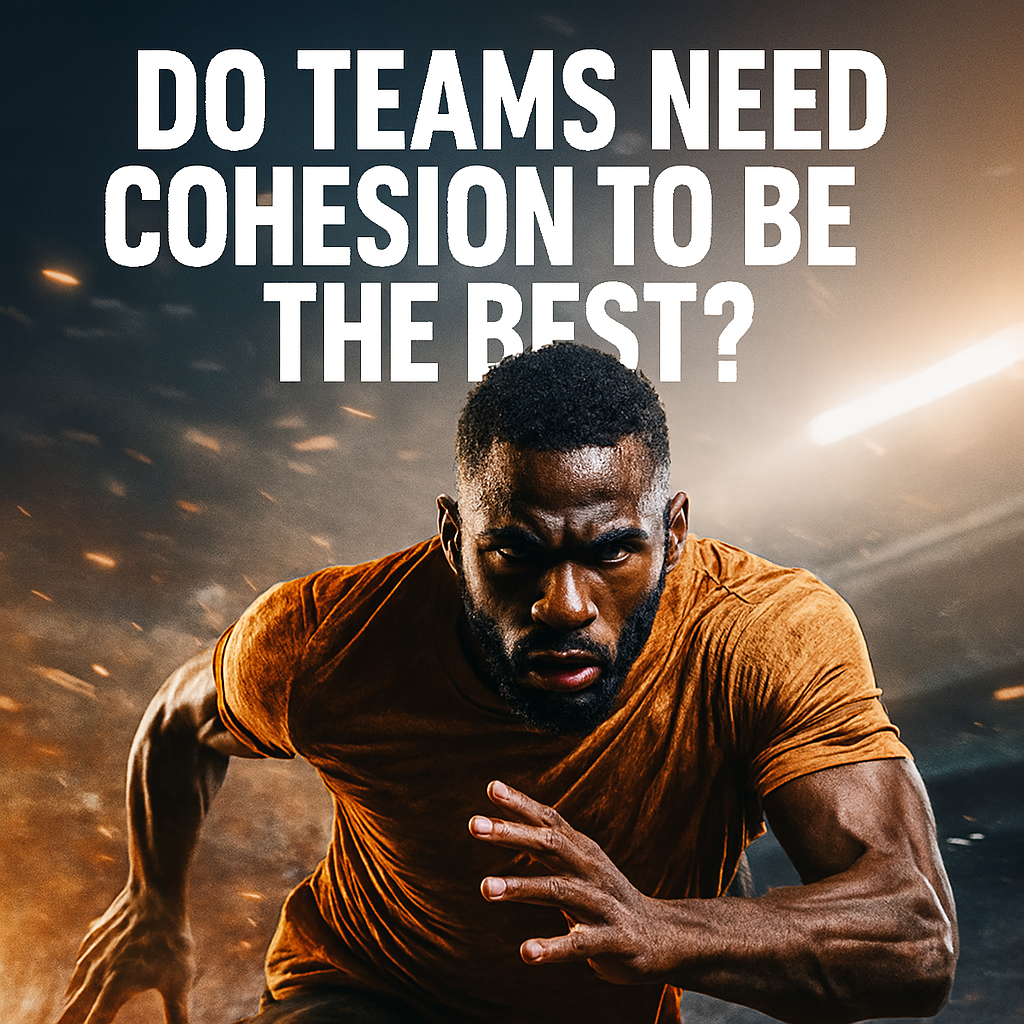
THE ROLE OF TRUST WITHOUT HARMONY
Trust does not require emotional closeness. It requires reliability, competence, and consistency. Teams can trust each other without liking each other. They can perform together without bonding. Trust is built through delivery, not sentiment. Athletes trust teammates who show up. Creatives trust collaborators who execute. Soldiers trust peers who follow protocol. Harmony may help, but it is not essential. In high-pressure environments, trust is often transactional. It is earned through repetition and results. Emotional tension does not erase trust. It may even reinforce it. Teams that separate emotion from execution often perform better. They focus on outcomes, not optics. Trust is not a feeling. It is a function.
| Trust factor | Description | Common myth |
|---|---|---|
| Reliability | Doing what you say | Requires emotional connection |
| Competence | Skill and execution | Must be friendly to be trusted |
| Consistency | Predictable behaviour | Harmony equals trust |
| Accountability | Owning mistakes | Trust needs forgiveness |
| Delivery | Meeting expectations | Trust is built through bonding |
ALIGNMENT VS AGREEMENT
Teams often confuse agreement with alignment. Agreement means everyone shares the same opinion. Alignment means everyone moves toward the same goal. High-performing teams may disagree constantly. But they execute in sync. Alignment requires clarity of mission, not uniformity of thought. It thrives on role definition and strategic focus. Agreement can lead to stagnation. It may suppress dissent and innovation. Alignment allows for friction. It channels conflict into productivity. Teams that prioritise alignment over agreement adapt faster. They respond to change with precision. They tolerate discomfort in service of progress. Agreement feels good. Alignment performs better. The best teams are aligned, not identical.
| Concept | Definition | Performance impact |
|---|---|---|
| Agreement | Shared opinions | Comfort, but risk of stagnation |
| Alignment | Shared direction | Strategic execution |
| Uniformity | Everyone thinks alike | Reduced innovation |
| Role clarity | Defined responsibilities | Faster decision-making |
| Strategic friction | Productive disagreement | Sharpened outcomes |
ROLE CLARITY OVER PERSONALITY MATCH
Successful teams prioritise role clarity over personality compatibility. Members do not need to be friends. They need to understand their function. Role clarity reduces confusion and duplication. It increases accountability. It allows for strategic independence. Personality clashes may occur. But if roles are clear, conflict stays contained. Teams with blurred roles often implode. They waste energy on turf wars and emotional tension. Role clarity creates psychological safety. It allows members to focus on execution. Compatibility may help morale. But clarity drives results. The best teams tolerate difference. They organise around function. Not friendship.
| Team factor | Description | Risk if missing |
|---|---|---|
| Role clarity | Defined tasks and boundaries | Confusion, overlap |
| Personality match | Emotional compatibility | Temporary morale boost |
| Strategic independence | Ability to act within role | Faster execution |
| Accountability | Ownership of outcomes | Reduced finger-pointing |
| Functional trust | Respect for competence | Performance under pressure |
THE FUNCTION OF CONFLICT
Conflict is not a failure. It is a function. High-performing teams use conflict to refine ideas. They debate strategy, challenge assumptions, and test limits. Conflict reveals blind spots. It exposes weakness before it becomes failure. Suppressing conflict leads to stagnation. It creates false harmony. Productive conflict requires boundaries. It must be focused on ideas, not identity. Teams that fear conflict avoid growth. Teams that manage conflict accelerate it. Conflict is a diagnostic tool. It shows where systems break. It shows where roles overlap. It shows where clarity is missing. The best teams do not avoid conflict. They engineer it.
| Conflict type | Description | Outcome when managed |
|---|---|---|
| Strategic conflict | Debate over direction | Sharpened execution |
| Role conflict | Overlap or ambiguity | Clarified boundaries |
| Personality conflict | Emotional tension | Requires containment |
| Value conflict | Differing priorities | Needs alignment, not agreement |
| Suppressed conflict | Avoided tension | Hidden dysfunction |
EMOTIONAL SAFETY VS EMOTIONAL COMFORT
Emotional safety is not the same as emotional comfort. Safety means people can speak without fear. Comfort means people feel good. Teams need safety more than comfort. Safety allows for honesty, dissent, and risk-taking. Comfort may lead to silence. It may discourage challenge. Emotional safety is built through boundaries and respect. It does not require emotional closeness. It requires behavioural consistency. Teams that prioritise safety innovate faster. They recover from failure more effectively. Comfort may feel better short-term. But safety sustains performance. The best teams are not always comfortable. But they are always safe.
| Emotional factor | Definition | Impact on team dynamics |
|---|---|---|
| Emotional safety | Freedom to speak and challenge | Innovation, resilience |
| Emotional comfort | Feeling good and liked | Short-term morale |
| Psychological safety | Trust in team response | Risk-taking and learning |
| Boundary clarity | Defined limits of behaviour | Reduced emotional harm |
| Respectful dissent | Challenging ideas, not people | Strategic refinement |

Be The Best Team
THE MYTH OF FRIENDSHIP IN TEAMS
Friendship is not a requirement for team success. Many elite teams include members who do not socialise or bond. Friendship may help morale. But it does not guarantee execution. Teams succeed through structure, clarity, and shared goals. Friendship may blur boundaries. It may suppress accountability. It may create emotional entanglement. Teams that rely on friendship often struggle under pressure. They avoid hard conversations. They protect feelings over outcomes. The best teams respect each other. They do not need to like each other. They need to deliver. Friendship is optional. Function is essential.
| Team dynamic | Description | Performance relevance |
|---|---|---|
| Friendship | Personal closeness | Morale boost, but not essential |
| Respect | Valuing competence and role | Core to execution |
| Boundary discipline | Separation of personal and professional | Prevents emotional spillover |
| Accountability | Ownership regardless of relationship | Sustains performance |
| Role-first culture | Function over feeling | Strategic clarity |
DIVERSITY OF THOUGHT VS UNIFORMITY OF VOICE
Diverse teams often outperform homogeneous ones. Diversity of thought brings new angles, fresh strategies, and unexpected solutions. Uniformity may feel efficient, but it limits perspective. Teams that encourage intellectual diversity adapt faster. They anticipate risk and respond creatively. Diversity is not just demographic. It includes cognitive style, experience, and problem-solving approach. Uniform teams may avoid conflict, but they also avoid growth. Diverse teams debate more, but they learn more. They challenge assumptions and refine execution. Uniformity may reduce friction, but it also reduces innovation. The best teams tolerate contradiction. They build systems that absorb difference. They do not fear disagreement. They use it. Diversity of thought is not noise. It is signal.
| Team trait | Description | Strategic impact |
|---|---|---|
| Cognitive diversity | Varied thinking styles | Broader problem-solving |
| Experience diversity | Different backgrounds | Richer strategy |
| Uniformity | Similar views and habits | Faster consensus, less innovation |
| Intellectual friction | Productive disagreement | Sharpened execution |
| Adaptive culture | Absorbs difference | Resilience under pressure |
STRATEGIC CLARITY OVER EMOTIONAL ALIGNMENT
Teams succeed when strategy is clear. Emotional alignment may help morale, but it does not replace clarity. Strategic clarity means everyone knows the goal, the plan, and their role. It reduces confusion and duplication. It allows for independent execution. Emotional alignment may feel good, but it can mask dysfunction. Teams that prioritise clarity over comfort perform better under stress. They recover faster from setbacks. They make decisions with confidence. Emotional alignment may fade. Strategic clarity endures. The best teams communicate direction, not just emotion. They define success in terms of outcomes, not feelings. Clarity is not cold. It is precise. And precision wins.
| Alignment type | Description | Performance relevance |
|---|---|---|
| Strategic clarity | Clear goals and roles | Execution under pressure |
| Emotional alignment | Shared feelings and morale | Temporary cohesion |
| Directional focus | Unified movement | Reduced drift |
| Tactical independence | Role-based autonomy | Faster decision-making |
| Outcome definition | Clear success metrics | Accountability and trust |
THE VALUE OF STRUCTURED DISAGREEMENT
Disagreement is not dangerous when it is structured. Structured disagreement allows teams to challenge ideas without attacking people. It creates space for refinement. It prevents groupthink. Teams that debate well perform better. They test assumptions before execution. They identify flaws early. Structured disagreement requires boundaries. It must be focused, respectful, and time-bound. It must be about ideas, not identity. Teams that avoid disagreement avoid growth. Teams that manage it accelerate learning. Structured disagreement is a skill. It must be taught, practiced, and protected. The best teams do not fear debate. They engineer it.
| Disagreement type | Description | Strategic benefit |
|---|---|---|
| Structured debate | Boundaried, respectful challenge | Idea refinement |
| Unstructured conflict | Emotional or personal tension | Distraction, dysfunction |
| Tactical disagreement | Strategy-focused challenge | Sharpened execution |
| Role-based challenge | Clarifying responsibilities | Reduced overlap |
| Feedback culture | Normalised critique | Continuous improvement |
ADAPTABILITY OVER STABILITY
Stable teams may feel safe, but adaptable teams win. Adaptability means responding to change without losing direction. It means absorbing pressure without collapse. Stable teams resist change. Adaptable teams absorb it. In sport, adaptability means adjusting tactics mid-game. In business, it means pivoting under market pressure. In creative teams, it means evolving formats and ideas. Stability may protect morale. Adaptability protects performance. The best teams are not rigid. They are elastic. They stretch without breaking. They shift without losing focus. Adaptability is not chaos. It is controlled evolution. And it is essential for sustained success.
| Team trait | Description | Performance relevance |
|---|---|---|
| Adaptability | Responsive to change | Sustained performance |
| Stability | Predictable structure | Comfort, but risk of stagnation |
| Elastic roles | Flexible responsibilities | Faster pivoting |
| Tactical evolution | Changing strategy | Competitive edge |
| Pressure absorption | Withstanding stress | Resilience under load |
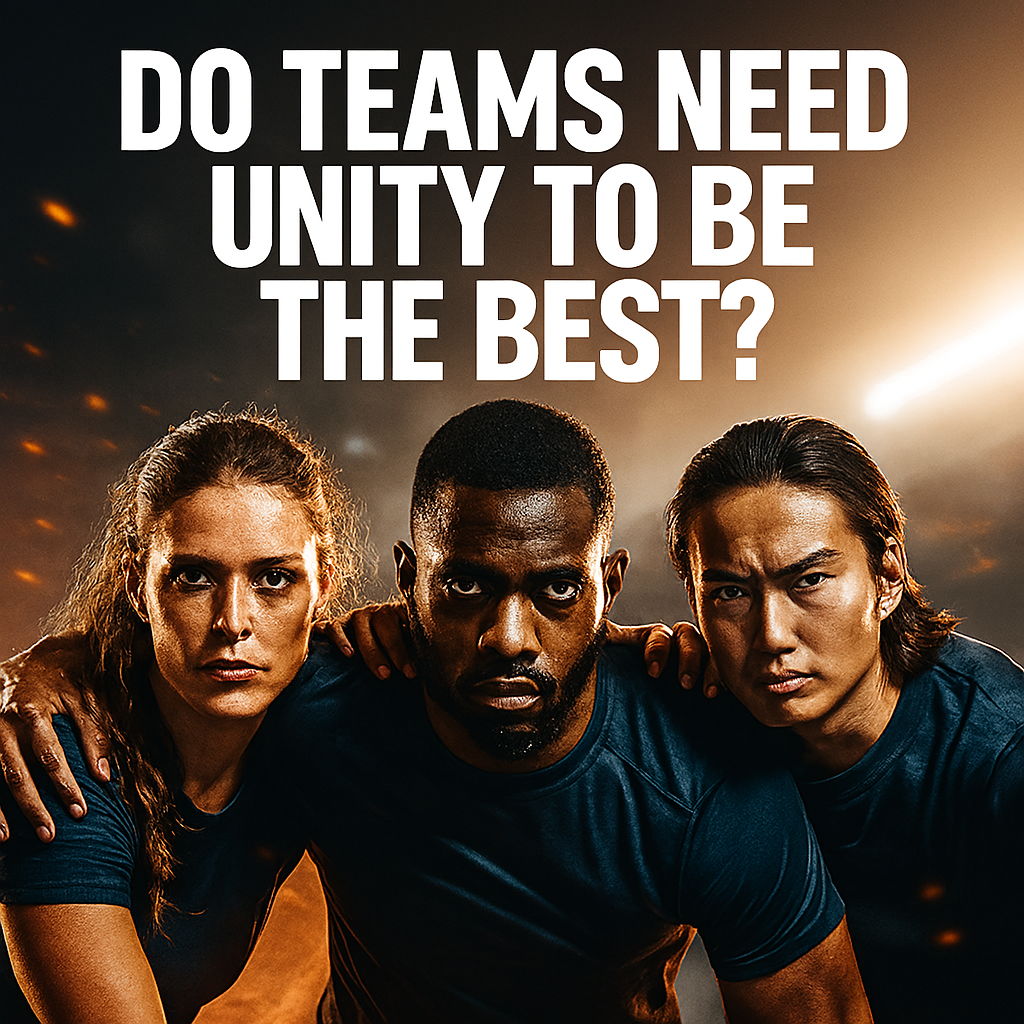
THE POWER OF FUNCTIONAL DISSONANCE
Functional dissonance occurs when team members operate differently but toward the same goal. It is not dysfunction. It is strategic variation. One member may be analytical, another intuitive. One may be fast, another methodical. Dissonance creates tension. But it also creates depth. Teams that tolerate functional dissonance access more tools. They solve problems from multiple angles. They avoid monoculture. Dissonance must be managed, not erased. It requires role clarity and mutual respect. It requires systems that absorb variation. The best teams do not flatten difference. They harness it. Functional dissonance is not a flaw. It is a feature.
| Dissonance type | Description | Strategic value |
|---|---|---|
| Functional dissonance | Varied working styles | Richer execution |
| Dysfunction | Misalignment of goals | Breakdown in performance |
| Role variation | Different approaches to same task | Flexibility and depth |
| Cognitive tension | Contrasting problem-solving | Innovation under pressure |
| System absorption | Structures that tolerate difference | Sustained adaptability |
PRESSURE TESTS UNITY MORE THAN SUCCESS
Success often masks dysfunction. Pressure reveals it. Teams may appear unified when winning. But under stress, cracks emerge. Pressure tests communication, trust, and role clarity. It exposes emotional fault lines. It challenges leadership and cohesion. Teams that rely on harmony may collapse under pressure. Teams built on structure and clarity endure. Pressure forces decisions. It demands execution. It punishes ambiguity. The best teams rehearse pressure. They simulate stress before it arrives. They build systems that hold under strain. Unity is not proven by celebration. It is proven by crisis. And only pressure reveals what is real.
| Pressure factor | Description | Impact on team cohesion |
|---|---|---|
| Stress response | Behaviour under load | Reveals true dynamics |
| Role execution | Clarity under pressure | Reduces confusion |
| Emotional containment | Managing tension | Prevents collapse |
| Leadership under fire | Decision-making in crisis | Builds or breaks trust |
| System resilience | Structural integrity | Sustains performance |
LEADERSHIP WITHOUT UNANIMITY
Great leaders do not require unanimous support. They require clarity, consistency, and courage. Unanimity may feel validating. But it is not essential. Leaders must tolerate dissent. They must absorb contradiction. They must make decisions that not everyone agrees with. Leadership is not popularity. It is direction. Teams may resist leadership in the moment. But they respect it over time. Leaders who seek consensus often delay action. Leaders who seek clarity move faster. Unanimity is fragile. It breaks under pressure. Leadership must be resilient. It must be principled. It must be strategic. The best leaders are not always liked. But they are always followed.
| Leadership trait | Description | Strategic relevance |
|---|---|---|
| Directional clarity | Clear vision and execution | Reduces drift |
| Decision tolerance | Acting without full agreement | Faster outcomes |
| Emotional resilience | Absorbing dissent | Sustains authority |
| Strategic courage | Risk-taking under pressure | Builds trust over time |
| Principle over popularity | Values over validation | Long-term respect |
SYSTEMS OVER SENTIMENT
Systems outperform sentiment. Teams that rely on emotion may perform inconsistently. Teams that rely on systems perform predictably. Systems include routines, feedback loops, and decision protocols. They reduce reliance on mood. They increase reliability. Sentiment may inspire. But systems execute. The best teams build systems that absorb emotion. They allow for fluctuation without collapse. Systems create rhythm. They create accountability. They create trust through repetition. Sentiment fades. Systems endure. Teams that scale rely on structure. Not feeling. Systems are not cold. They are stabilising. And they are essential for sustained success.
| System element | Description | Performance benefit |
|---|---|---|
| Routine | Repeated behaviours | Predictable execution |
| Feedback loop | Continuous input and adjustment | Real-time refinement |
| Decision protocol | Structured choices | Reduced confusion |
| Role system | Defined responsibilities | Accountability |
| Emotional buffer | Absorbs mood swings | Stability under pressure |
THE COST OF FALSE UNITY
False unity is dangerous. It creates silence, not cohesion. Teams may pretend to agree to avoid conflict. They may suppress dissent to protect harmony. This leads to stagnation. It leads to resentment. It leads to collapse under pressure. False unity is often rewarded socially. But it is punished strategically. Teams that avoid hard conversations lose clarity. They lose adaptability. They lose trust. False unity feels safe. But it is brittle. The best teams challenge each other. They debate openly. They tolerate discomfort. They prioritise truth over optics. False unity is not cohesion. It is camouflage.
| False unity trait | Description | Strategic consequence |
|---|---|---|
| Surface agreement | Pretending to align | Hidden dysfunction |
| Conflict avoidance | Suppressing tension | Reduced innovation |
| Emotional masking | Hiding true reactions | Erodes trust |
| Social reward | Praise for harmony | Strategic fragility |
| Collapse under stress | Breakdown in crisis | Exposure of unresolved issues |
WHEN UNITY IS A LIABILITY
Unity can become a liability when it suppresses difference. Teams that overvalue cohesion may reject innovation. They may punish dissent. They may prioritise comfort over progress. Unity can create echo chambers. It can lead to groupthink. It can slow decision-making. Teams may become risk-averse. They may avoid challenge. They may stagnate. Unity must be balanced with diversity. It must allow for contradiction. It must tolerate discomfort. The best teams are not always unified. They are often strategically fragmented. Unity is helpful. But it must not become sacred. When unity blocks growth, it becomes a weakness.
| Unity risk | Description | Strategic impact |
|---|---|---|
| Groupthink | Overalignment of ideas | Reduced innovation |
| Echo chamber | Repetition of same views | Blind spots |
| Risk aversion | Avoiding challenge | Missed opportunity |
| Suppressed dissent | Silencing difference | Erodes adaptability |
| Stagnation | Lack of evolution | Decline in performance |
CONCLUSION – CLARITY OVER COHESION
Cohesion is not a requirement for greatness. Clarity is. Teams succeed when roles are defined, goals are shared, and systems are strong. They may disagree. They may clash. They may challenge each other. But if they move in the same direction, they perform. Unity may help. But it is not essential. The best teams tolerate tension. They absorb difference. They execute through structure, not sentiment. They prioritise outcomes over optics. They rehearse pressure. They refine strategy. They build trust through delivery. Not emotion. Greatness does not require harmony. It requires clarity. And clarity wins.
| Success factor | Description | Performance relevance |
|---|---|---|
| Role clarity | Defined responsibilities | Execution under pressure |
| Strategic alignment | Shared direction | Reduced drift |
| System strength | Reliable structure | Sustained performance |
| Conflict tolerance | Absorbing tension | Innovation and resilience |
| Delivery trust | Execution over emotion | Long-term cohesion |
JOIN THE DISCUSSION – QUESTIONS FOR REFLECTION
| Prompt | Purpose |
|---|---|
| What does unity mean in your team? | Challenges assumptions |
| How do you handle disagreement? | Reveals conflict culture |
| Are your systems stronger than your sentiment? | Tests structural integrity |
| What happens under pressure? | Diagnoses cohesion |
| Do you prioritise clarity or comfort? | Invites strategic reflection |
#UnifiedOrUnfiltered #TeamClarity #StrategicCohesion #ConflictIsFunction #SystemsOverSentiment #PressureRevealsTruth #LeadershipWithoutConsensus #FunctionalDissonance #AlignmentNotAgreement #FalseUnityFails #GroupthinkKillsInnovation #RoleClarityWins #EmotionalSafetyMatters #AdaptabilityOverHarmony #TrustThroughDelivery

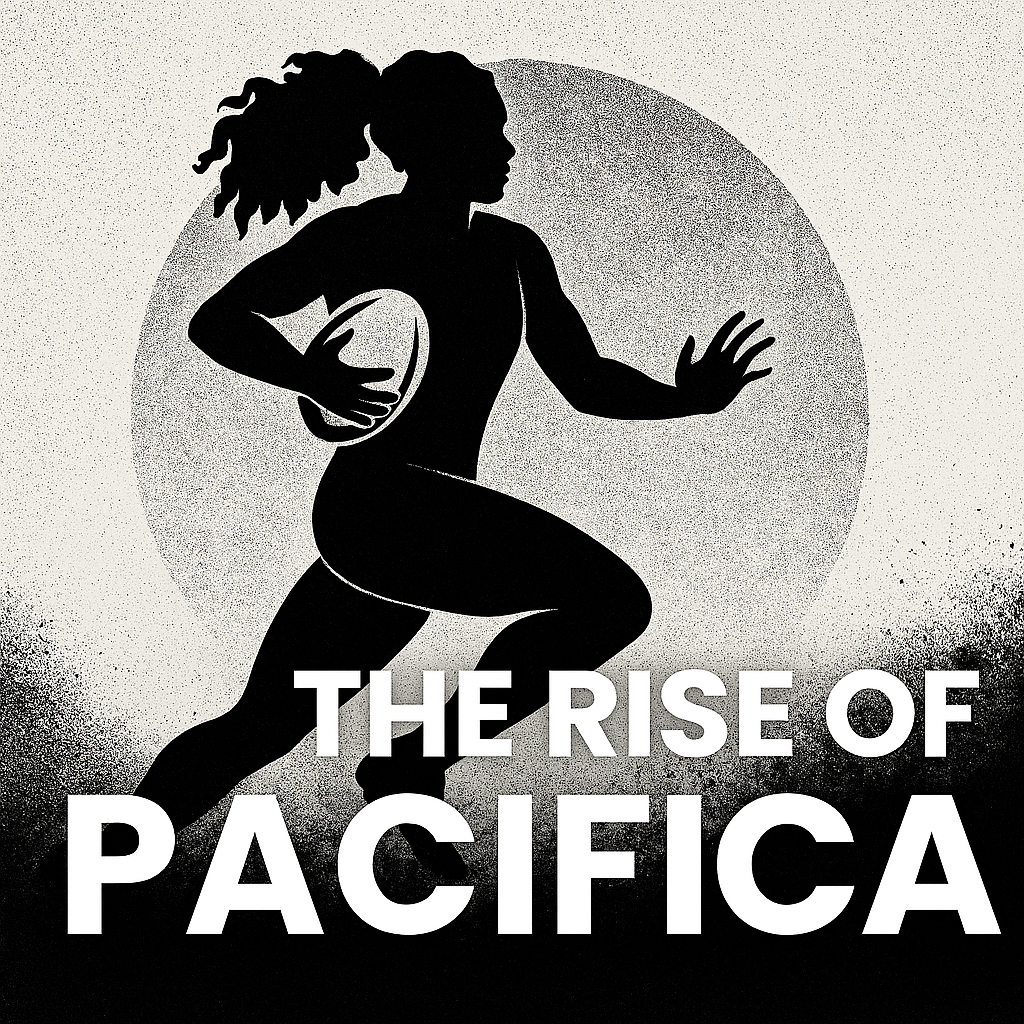



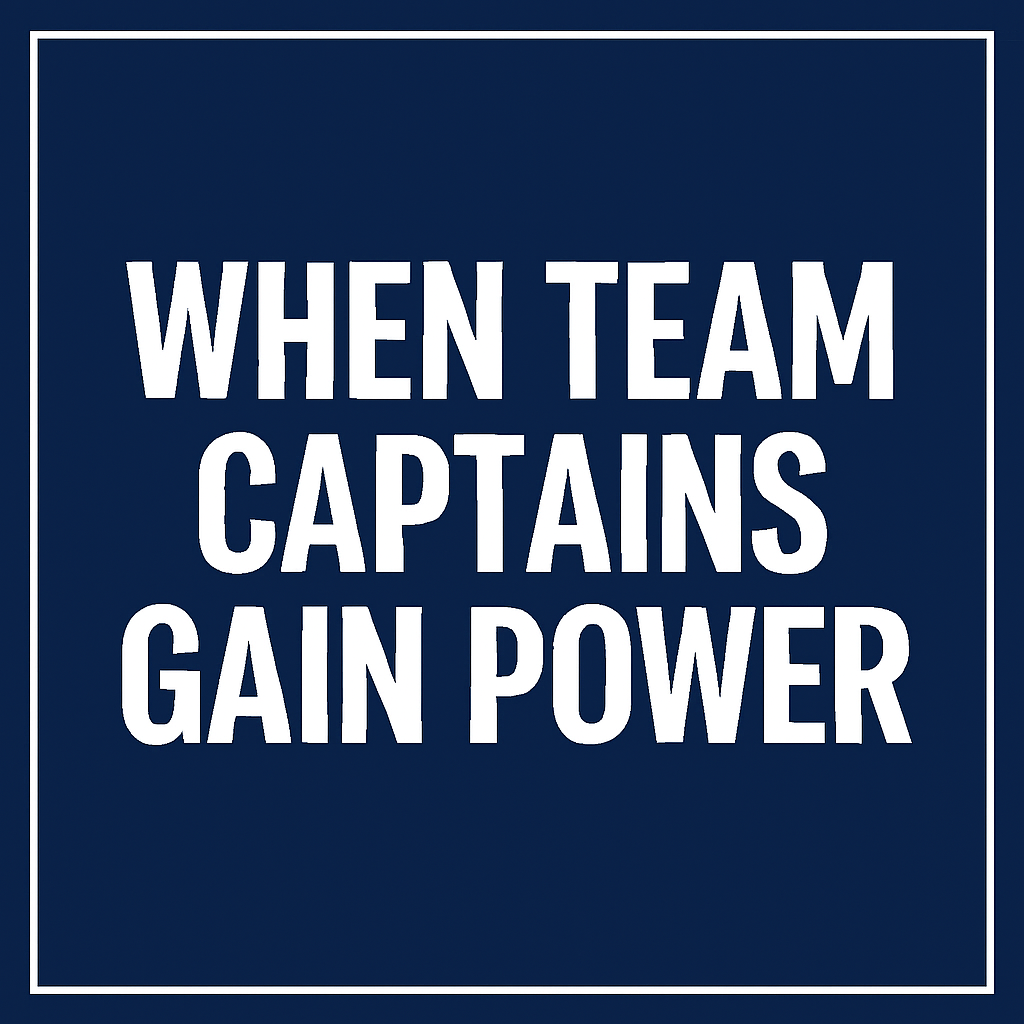
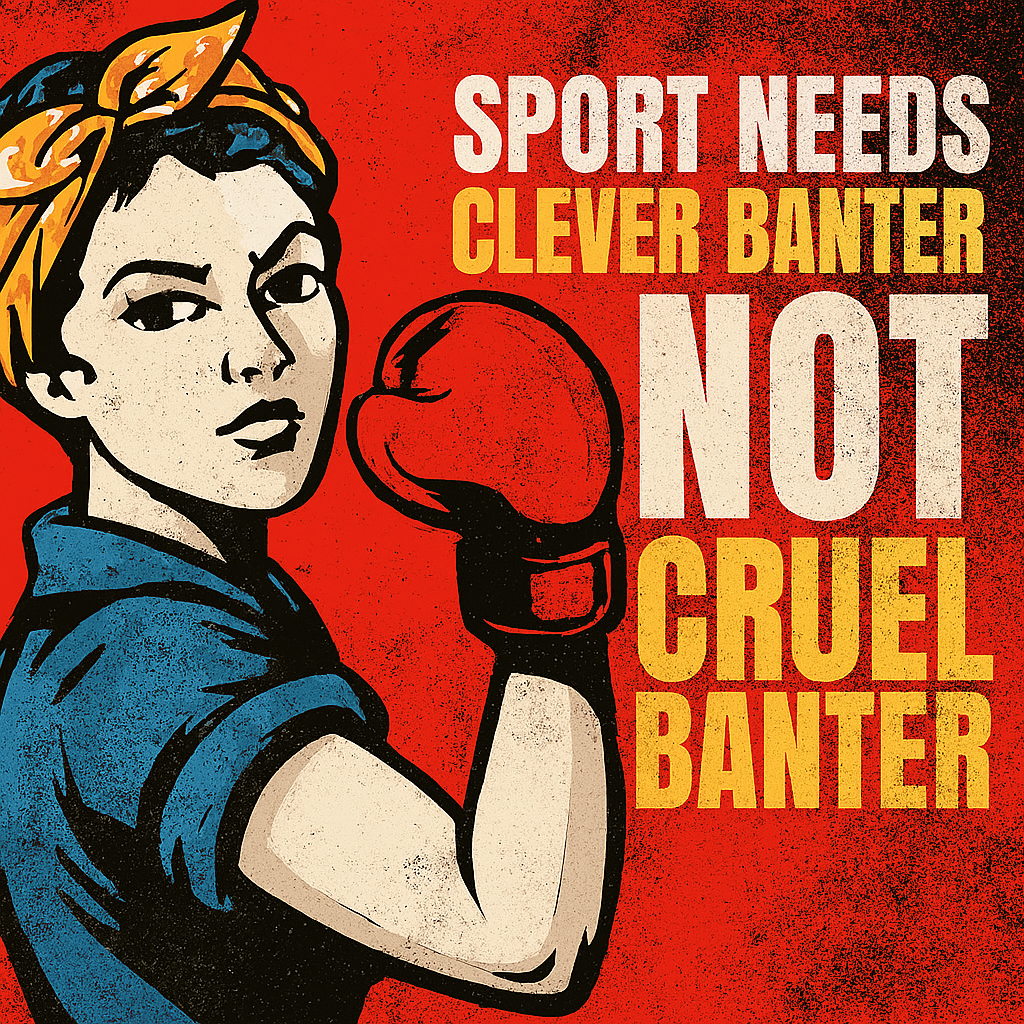
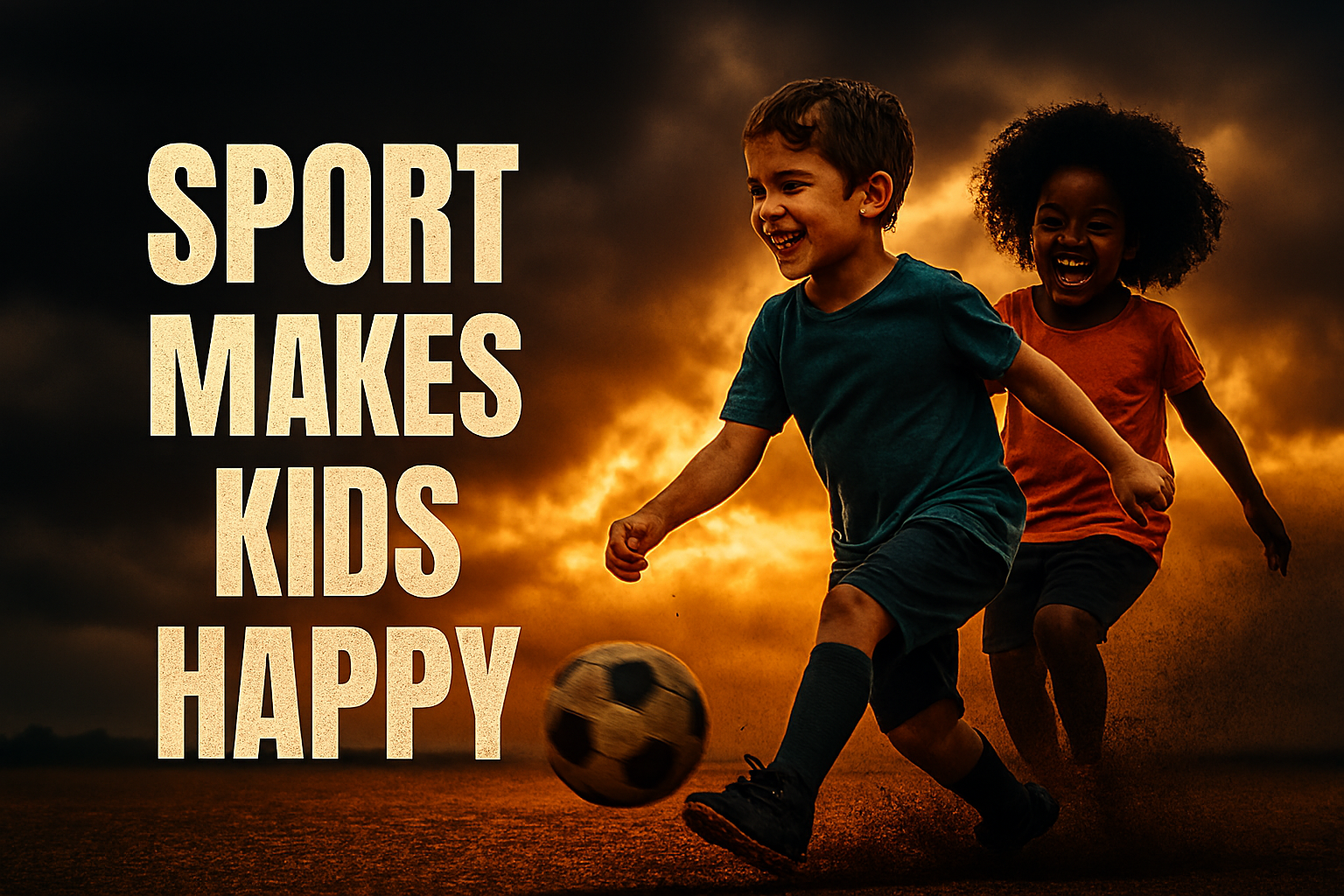

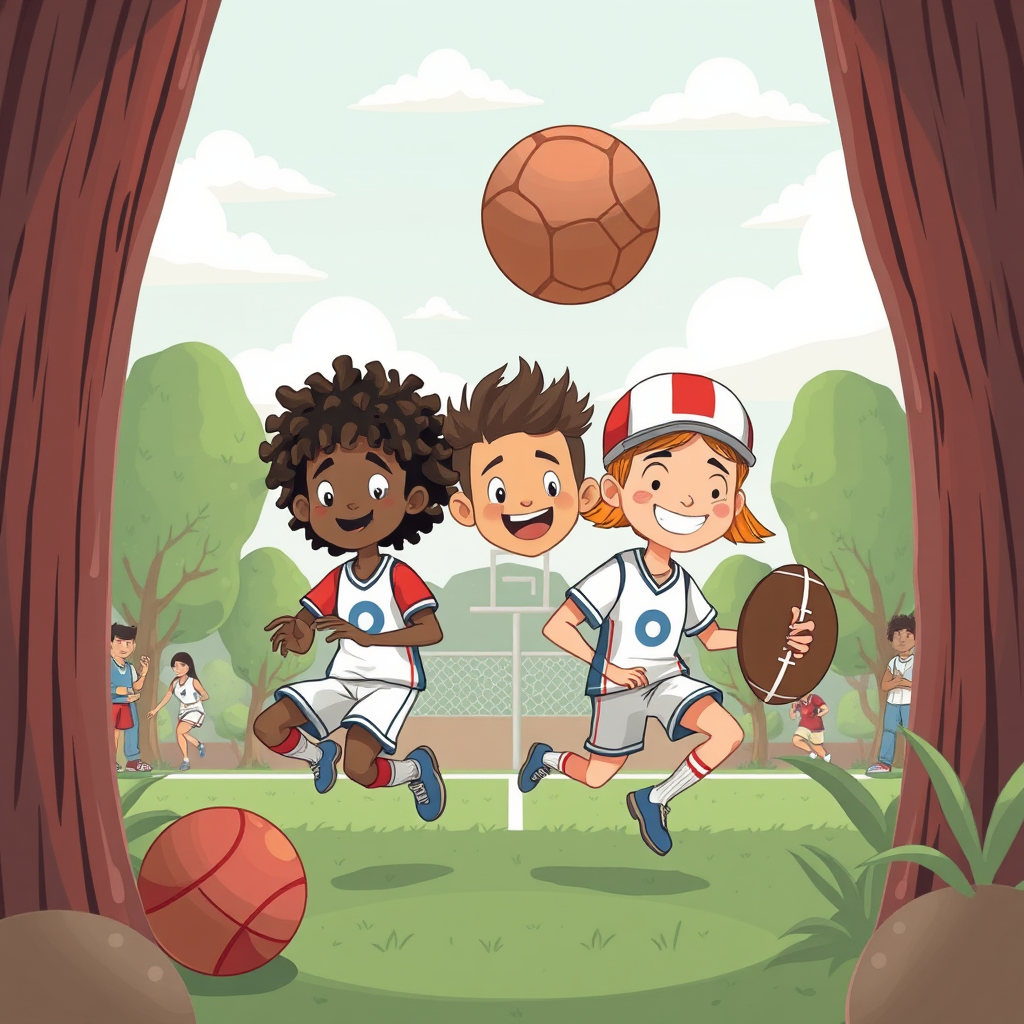



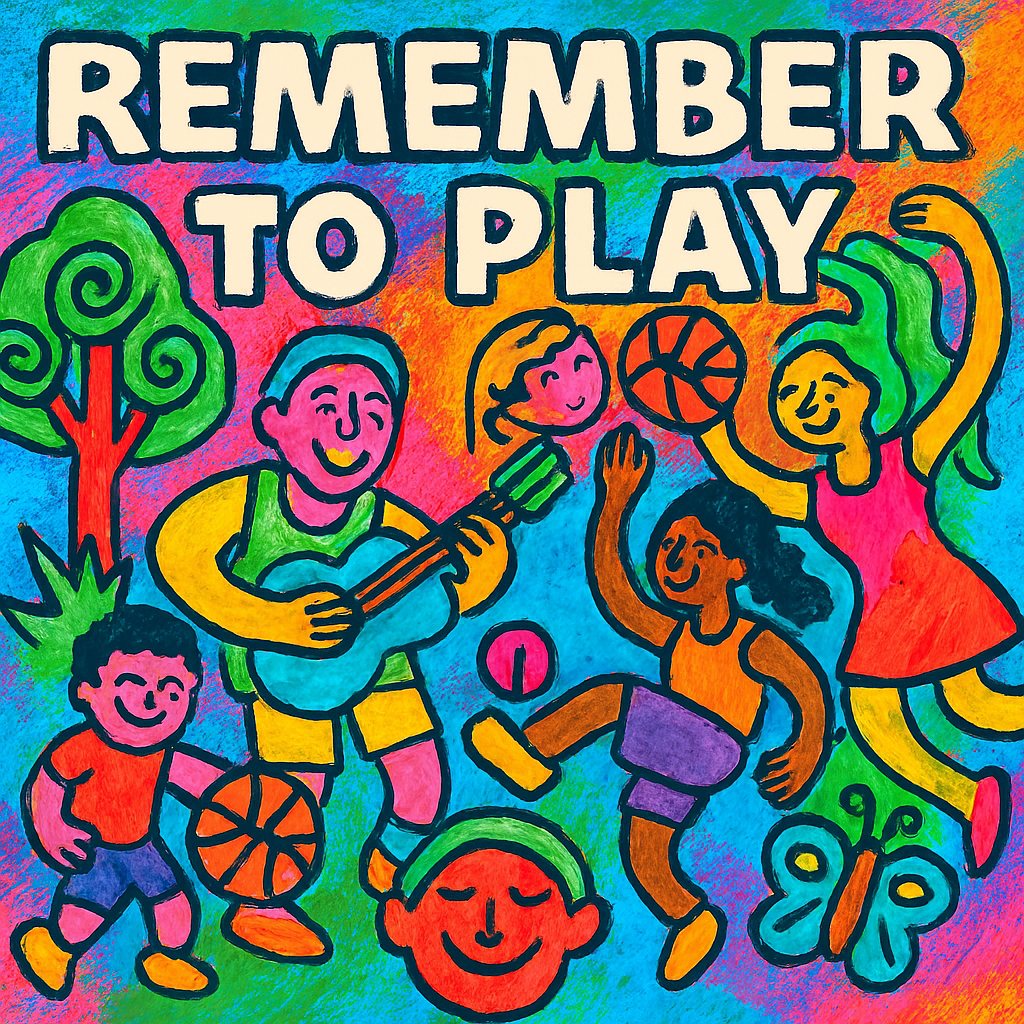
The Powerful Psychology Of Body Movement As Meaning
[…] and discharge nervous energy. Pacing activates the motor cortex and reduces limbic tension. It is a form of embodied problem-solving. People pace when waiting for news, rehearsing speech, or managing conflict. Observers may […]